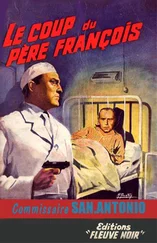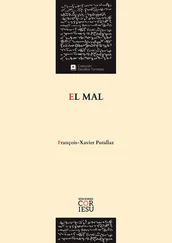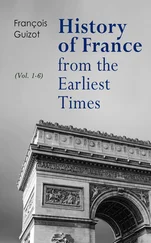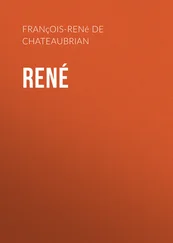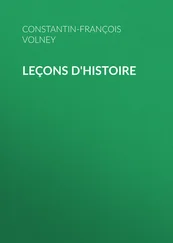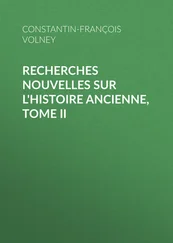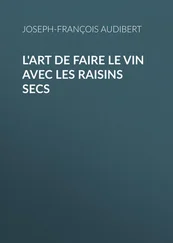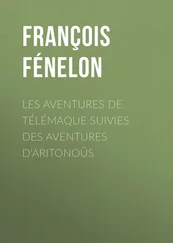François Dominique - Aseroë
Здесь есть возможность читать онлайн «François Dominique - Aseroë» весь текст электронной книги совершенно бесплатно (целиком полную версию без сокращений). В некоторых случаях можно слушать аудио, скачать через торрент в формате fb2 и присутствует краткое содержание. Город: New York, Год выпуска: 2020, ISBN: 2020, Издательство: Bellevue Literary Press, Жанр: Современная проза, на английском языке. Описание произведения, (предисловие) а так же отзывы посетителей доступны на портале библиотеки ЛибКат.
- Название:Aseroë
- Автор:
- Издательство:Bellevue Literary Press
- Жанр:
- Год:2020
- Город:New York
- ISBN:978-1-942658-78-8
- Рейтинг книги:5 / 5. Голосов: 1
-
Избранное:Добавить в избранное
- Отзывы:
-
Ваша оценка:
- 100
- 1
- 2
- 3
- 4
- 5
Aseroë: краткое содержание, описание и аннотация
Предлагаем к чтению аннотацию, описание, краткое содержание или предисловие (зависит от того, что написал сам автор книги «Aseroë»). Если вы не нашли необходимую информацию о книге — напишите в комментариях, мы постараемся отыскать её.
Aseroë — читать онлайн бесплатно полную книгу (весь текст) целиком
Ниже представлен текст книги, разбитый по страницам. Система сохранения места последней прочитанной страницы, позволяет с удобством читать онлайн бесплатно книгу «Aseroë», без необходимости каждый раз заново искать на чём Вы остановились. Поставьте закладку, и сможете в любой момент перейти на страницу, на которой закончили чтение.
Интервал:
Закладка:
“Night is indeed our house, but not one I could ever enter while talking.”
Yano begged me to lend him my text and advised me to read two works by the Japanese novelist Kõbõ Abe: The Woman of the Dunes and The Wall . A few months later, I met J.-M. in Paris; he asked me if I would agree to allow Yano to use my Séances noires for a dance piece. I asked J.-M. to convey my sincerest regrets. I wanted nothing more to do with this text.
I saw Yano again in Besançon in December, for the second and last time. He was presenting a piece produced by his dance workshop. At the end of the performance, we spoke briefly. He interrupted himself in the midst of a conversation having to do with contemporary dance, and turned toward me. The sentence he spoke hovered between an affirmation and a question.
“What beauty in the art of falling.”
I learned of Yano’s death through friends two years later. It was only then that I opened The Woman of the Dunes and The Wall . At the end of the first short story in The Wall , this passage seemed addressed to me:
How was it possible that there was a blank everywhere my name should have been signed? Or was it that there were only things that refused to call out my name, or else refused to have it mentioned?
Further on, another sentence alarmed me, for I thought I was hearing the voice of the deceased dancer, at a slight remove:
Yes, I do indeed possess a house, but where at the moment find the “I” capable of entering it?
How to sleep after that? But the night was not alarming: I saw names, processions of names, parading along like living beings. Some of the names were speaking themselves out loud; others were joined together into a cascade of phrases. The names were peaceful, at once light and self-assured. It was enough for me to hear these names to feel absolutely happy. The absence of this dancer, who was almost a stranger and who had understood me so well, was shining like a star.
Among the names, I hear HANA—Crystal Flower of the Dance.
I also hear AS TAR TE, goddess of air and of water, white and black, fecund-fecundating.
To impart at least a bit of meaning to this madness: The road of excess leads to the palace of wisdom. The dance is not finished; the thread drawn by the Fates cannot be broken. It weaves the invisible fabric of language, its scattered consonants and vowels intertwined, then snipped apart again, then reknotted. Yano-Hana-Crystal Flower has left his gestures, his words behind. To others, he lends the names he no longer owns.

Night—a thickness, an excess, a vanishing of light. For those who look at night and utter its name aloud, the obscurity that ensues constitutes a kind of monstrous OUTSIDE, without entry. But obscurity—at least the vision one gains of it on a clear night at the end of July—can provoke a troubling sensation. A night that bathes you in its absent rays.
In the night, all possible space gathers into itself, and dissolves. The void suddenly calls out to you, freighted with meaning. Behold me here, absorbed into the very thing that had eluded my grasp. In order to look upon the night, I need to forget its name—and this forgeting becomes the extreme form of memory, the very vigil of its origin.
9

Aseroë
IT WAS SPRINGTIME in Lausanne and I was looking for a book. I was offered the opportunity of consulting it on the condition that I wouldn’t name its owner, who was worried about greedy book dealers or crazed collectors. The book lay before me in the half-light, shielded from the jealous illumination of an overhead lamp. It was the original edition of La Cena de le Ceneri ( The Ash Wednesday Supper ), published in London by Giordano Bruno in 1584. I’m not speaking of the octavo edition—the only one mentioned by bibliographers—but of the unique quarto edition, cited by the Polish mathematician Jósef-Maria Wronski in a letter to the banker Arson.
My host removed the book from its blue casing, put it down before me, caressing its vellum binding (which was without any ornament or title). Slowly, he turned the flyleaf and read aloud its full title, emphasizing each word: The Ash Wednesday Supper, Described in Five Dialogues by Four Interlocutors, with Three Reflections on Two Subjects .
I first had to listen to the story behind this unique book, written down by my host on a strip of grimy cardboard. Before being arrested by the Inquisition and burned alive in Rome on the Campo dei Fiori, Bruno had offered this book to Gaspar Schoppe. Later, this unique text came into the possession of the astronomer Kepler, then made its way to the Vatican Library, from which it was stolen in 1722. It resurfaced around 1800 in a shop in the Hague, which belonged to a bookseller named Jakopus Krüger. According to a chronicler of the Court of Nassau, this bookseller lost his sight from having pored over Bruno’s black plates at too great length, hoping to discover in them the traces of a celestial body that the author had neglected to indicate. In 1813, Wronski saw this same work at a bookseller’s in Berlin and praised its “unheard-of splendor, which approaches the Absolute of Numbers.”
If an alert hand had not saved it, this precious book might well have disappeared at the end of the last century in the fire that consumed the Altenburg Castle. The man who showed it to me that April claimed he had received it from an Italian collector who had, in turn, procured it in London from the Indian mathematician Srinivasa Ramanujan, who was as much a devotee of esotericism as he was of algebra. My host had saved a strange letter of Ramanujan’s, slipped into the pages of the book, which he translated for me. In it he discussed “the dance of numbers whose enigmas, always followed by temporary solutions, in turn engender new enigmas and further solutions—each one disappearing into the other without entirely erasing them, each one observing a whirling, spiraling movement comparable to the escape of the Universe beyond the limits that the mind assigns to it….” It was at this point that I heard the following sentence which my host was kind enough to copy down for me: “The darkness of night is the index of an infinity that never ceases to expand and whose color is that of a future without origin.”
I let my eyes rest on the eight black plates of The Ash Wednesday Supper . The engraver, no doubt guided by Giordano Bruno himself, therein represents night by broad, flattened surfaces on which the pattern of the stars and the geometrical tracing of their relative distances stand out in white on a black background. The plates of the unique Lausanne edition—in contrast to those of the octavo edition (which I later consulted in the library of Chantilly)—are printed across the entire page, with no margins. The black is so dense and so velvety that I thought I was seeing—thanks to an ingenious trompe l’oeil effect—the actual night sky in the book. Its blackness might have been obtained by soot, but I doubted that a printer could have fixed soot in his ink without staining the other pages. I thought of the heliogravure prints of the end of the nineteenth century, which impart a matte quality to the tones—a depth that subsequent photography hasn’t been able to duplicate. “Burnt bone and horse-hoof glue! Burnt bone and horse-hoof glue!” exclaimed my host with a satisfied air. I shuddered as I thought of the sad end of Bruno, roasted alive for a book—this one, precisely.
Читать дальшеИнтервал:
Закладка:
Похожие книги на «Aseroë»
Представляем Вашему вниманию похожие книги на «Aseroë» списком для выбора. Мы отобрали схожую по названию и смыслу литературу в надежде предоставить читателям больше вариантов отыскать новые, интересные, ещё непрочитанные произведения.
Обсуждение, отзывы о книге «Aseroë» и просто собственные мнения читателей. Оставьте ваши комментарии, напишите, что Вы думаете о произведении, его смысле или главных героях. Укажите что конкретно понравилось, а что нет, и почему Вы так считаете.



